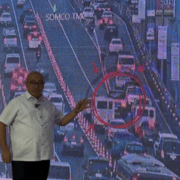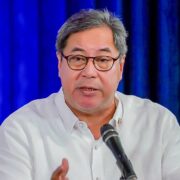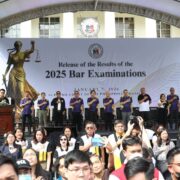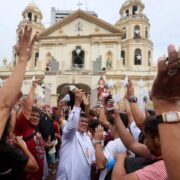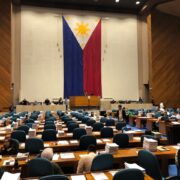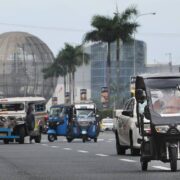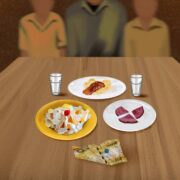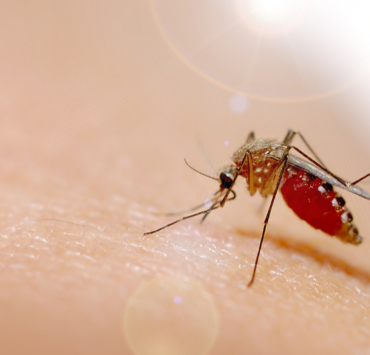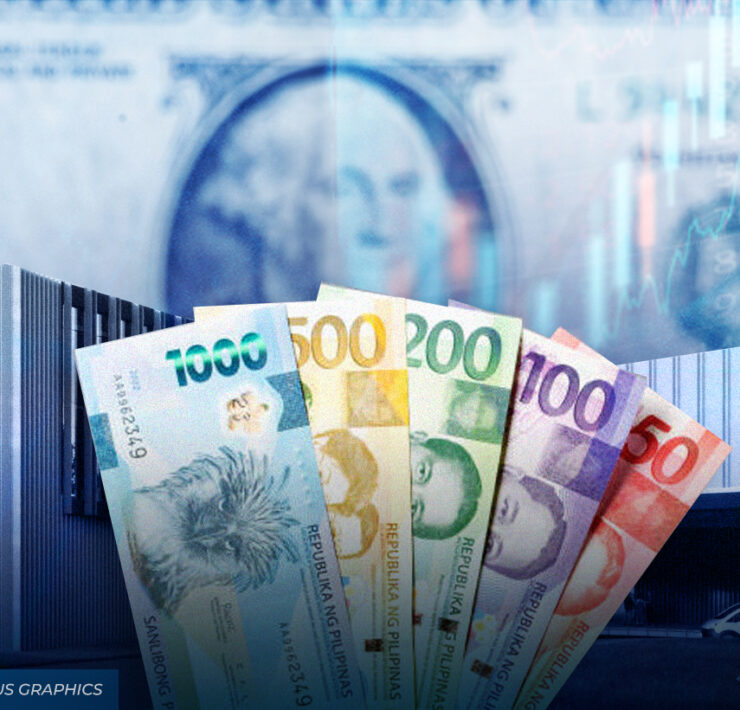Welcome to the museum of Sin
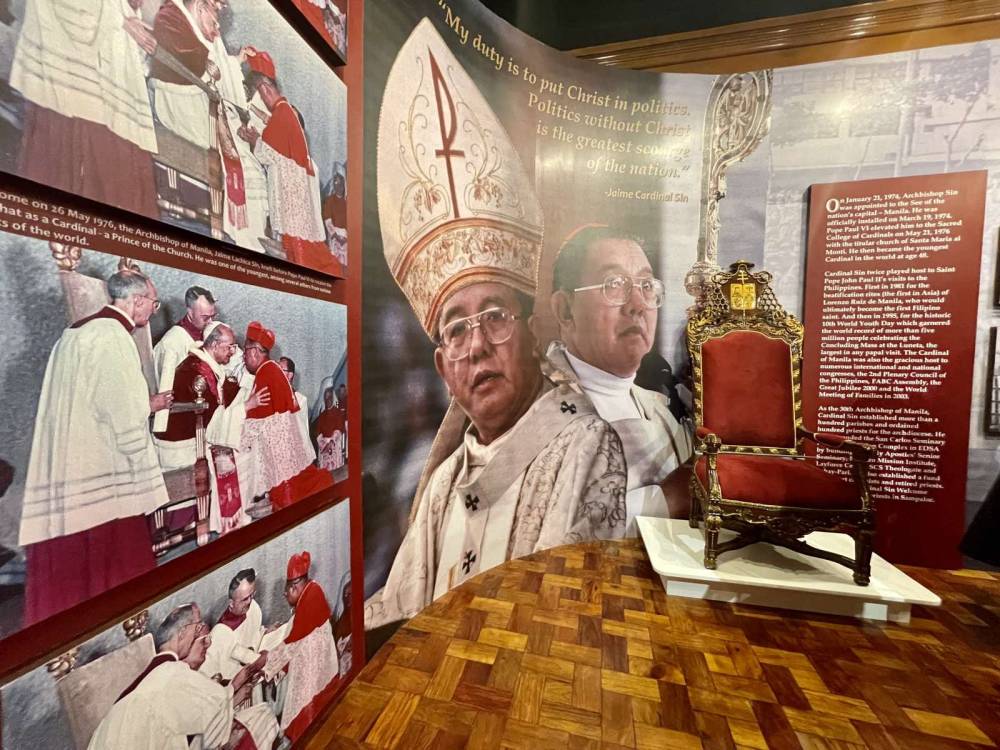
These days, Filipinos find themselves missing Sin—not the corruption or immorality that has long plagued the nation, but the late Archbishop Jaime Cardinal Sin, whose pivotal role in the 1986 Edsa People Power Revolution helped restore democracy to the Philippines.
“Cardinal Sin’s greatest legacy is the restoration of democracy,” said Efren Tolentino, parishioner of San Miguel church in Manila. “He was a patriot and a man of integrity.”
Danilo Cuevas, a parishioner of San Felipe Neri church in Mandaluyong, described the Cardinal as “a prophet and moral beacon … He was our shepherd, speaking for justice and truth, always providing moral guidance to the people.”
“How he’s terribly missed!” Cuevas added.
Those missing Sin can now ease their heartsickness by visiting the family house of Sin in New Washington, Aklan, which has been converted into an ecclesiastical museum.
Museo Kardinal, as the family house is now called, was inaugurated last Aug. 31, the 96th birth anniversary of Sin, in the presence of his town- and province-mates, members of the Sin and Lachica (his maternal name) clan and government officials who included New Washington Mayor Jessica Regenio-Panambo, former Philippine envoy to the Holy See Grace Princesa and Delan Robillos of the National Commission for Culture and the Arts (NCCA).
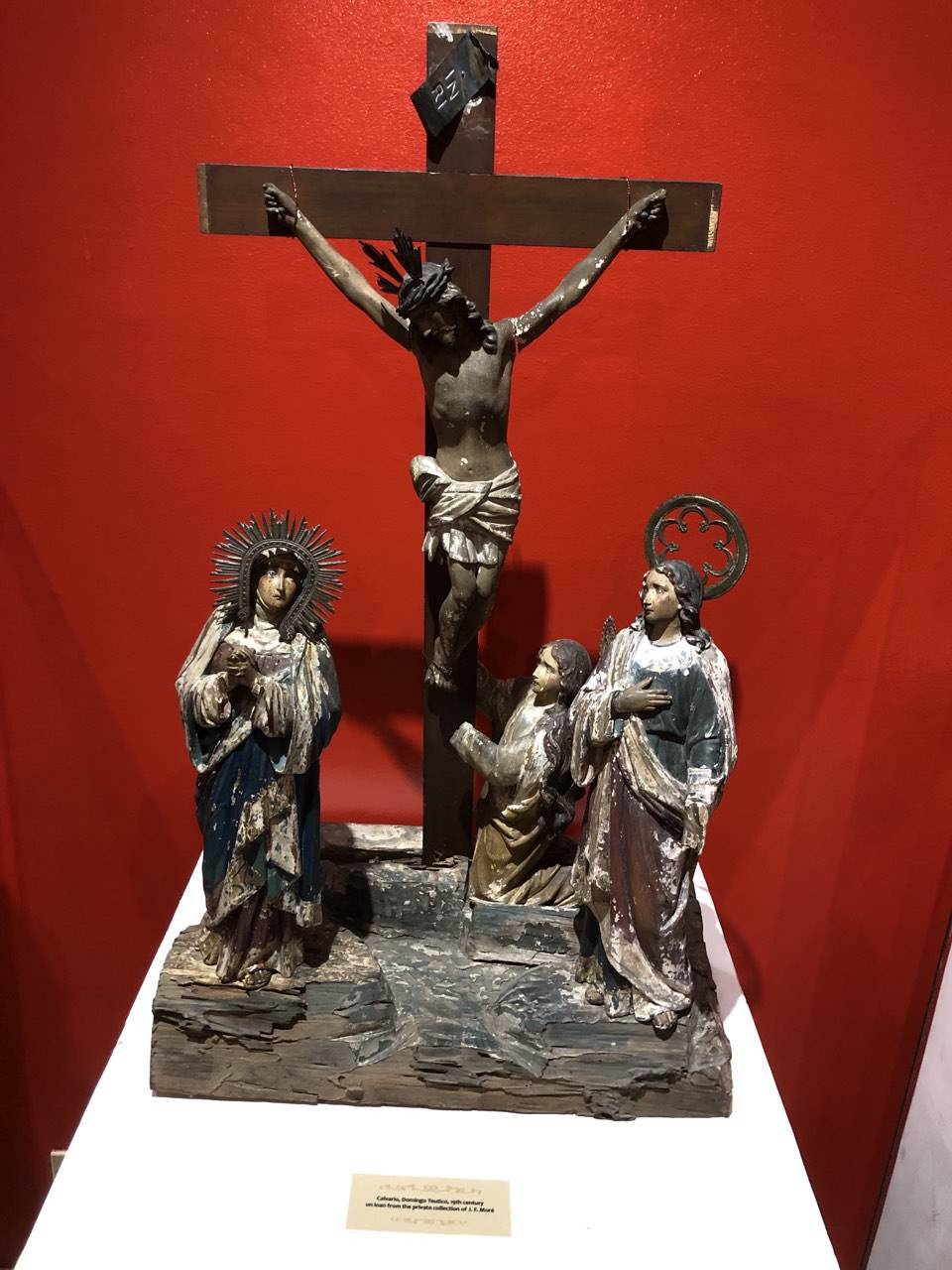
Also in attendance were Msgr. Rolando de la Cruz, rector of Manila Cathedral and representative of the Serviam Foundation, custodian of the Sin family house and Msgr. Jun Sescon, rector of the Quiapo church.
Capiz Archbishop Victor Bendico and Kalibo Bishop Jose Corazon Tala-oc led the canonical blessing of the new museum.
“When Christ took flesh through the Blessed Virgin Mary, he made his home with us,” said Bendico. “Let us now pray that he will enter this museum of history and faith and bless it with his presence.”
“Inspired by his teaching and example,” Bendico added, “may this new museum be a dwelling place of love, diffusing far and wide the goodness of Christ.”
In his address, Bishop Tala-oc cited Sin as along the line of “shepherds” sent by God to guide the people, as prophesied by Jeremiah (3:15) in the Old Testament: “Then I will give you shepherds after my own heart, who will lead you with knowledge and understanding.”
Birthplace of Sin
Robillos said that during the NCCA’s local cultural mapping, participants unanimously recognized Sin as their key cultural figure, expressing a desire for New Washington to be known as “the birthplace of Sin.”
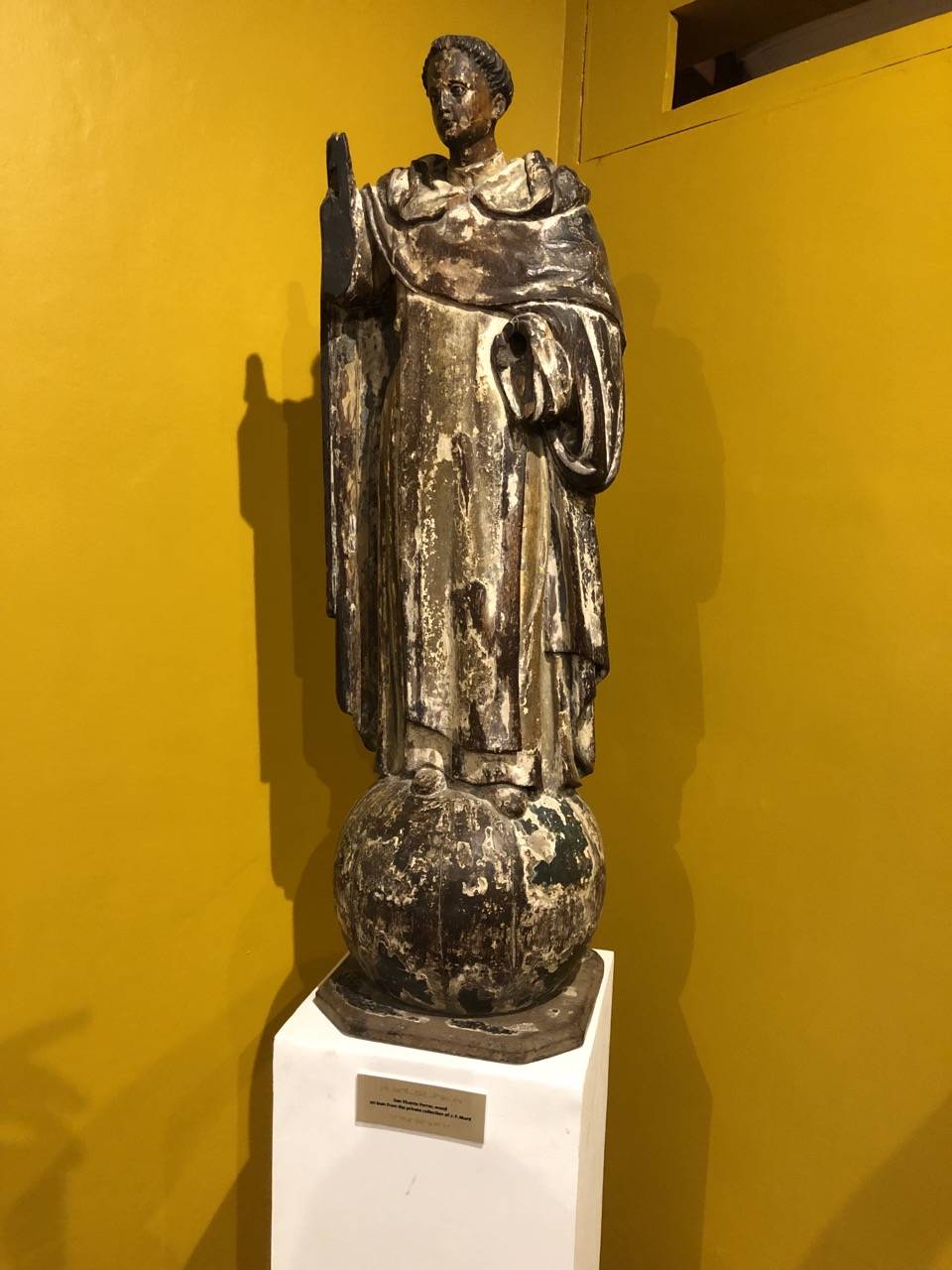
In doing so, he added, the townspeople expressed a “genuine sense of ownership, of pride of place and pride of heritage.”
Fr. Justy More, chancellor of the Kalibo diocese, called Museo Kardinal a “significant milestone” as the diocese prepares to celebrate its 50th anniversary as suffragan of the Capiz archdiocese in 2026.
“We invite you to explore the treasures within, to engage with our rich history and to envision a future where culture and faith thrive hand in hand,” he said.
Sin’s house was originally a two-story affair with the family residence on the second floor and his father’s general merchandise store on the first. The conversion has maintained the old setup while renovating the façade.
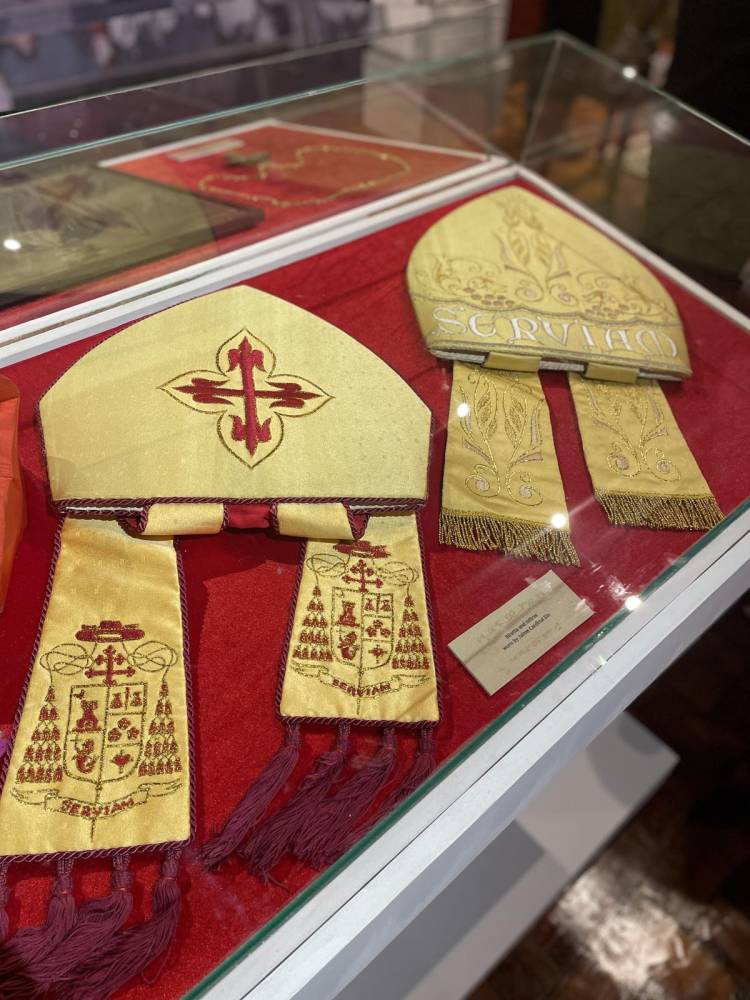
A pediment or triangular gable forming the end of the roof slopes over a portico, supported by columns and leading to the entrance of the Museo. Atop the pediment is inscribed “Serviam,” the Cardinal’s Latin motto as a bishop; it means “to serve.”
Entering, one is greeted by the blown-up photo of the smiling Cardinal in that very familiar, jolly way he would welcome visitors at Villa San Miguel in Mandaluyong, where he held court as Manila archbishop.
On the first floor is Gallery 1, which provides a map and a gallery of the bishops so far of the ecclesiastical territory of Kalibo, Aklan, vis-à-vis the rest of Panay Island.
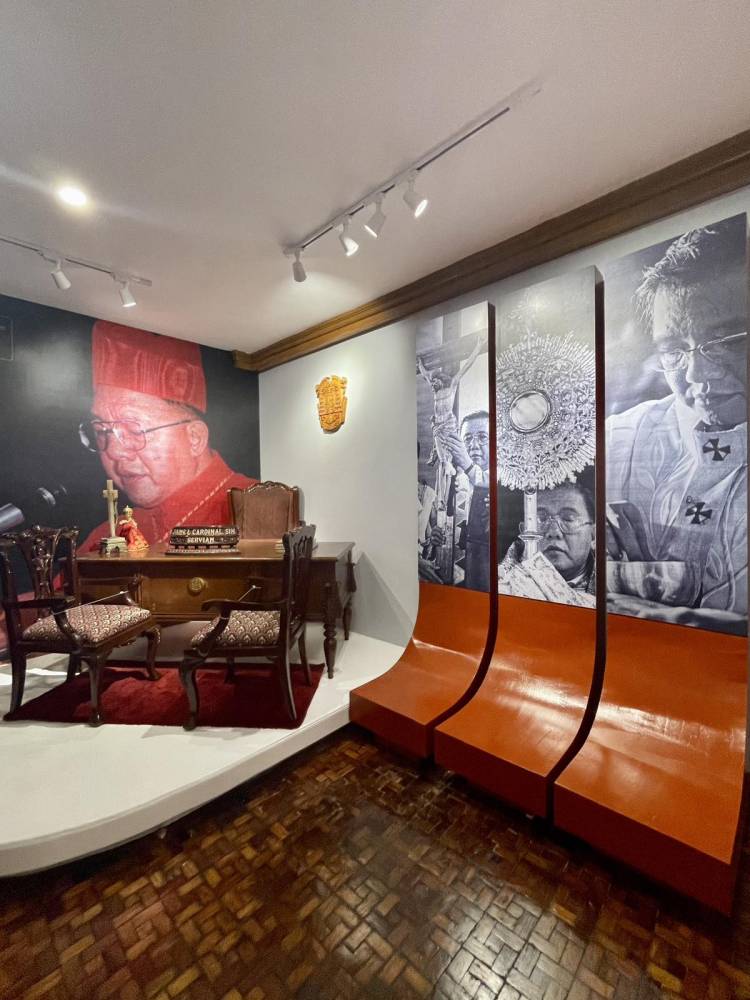
“We aim to provide visitors with a unique opportunity to learn about the significant historical events and tangible heritage that shaped the Diocese of Kalibo’s remarkable journey of faith,” said Father More.
Gallery 1 leads to the chapel dedicated to Pope now Saint John Paul II, whose two very memorable and quite historic apostolic visits to the Philippines in 1981 and 1995 were hosted by Sin.
Also on the first floor are the Latte Coffee Café, a well-known brand in Aklan, and a souvenir shop.
Intimate glimpses
Going up the flight of stairs, one is greeted at mid-level by a replica of the bronze bust of Sin atop his tomb in the crypt under the Manila Cathedral. (The original bust had been made by Shi Yanmin or Jude Shi, a Chinese Catholic from Beijing.)
On the second floor is a foyer with Sin’s official portrait as cardinal-archbishop of Manila, where guests could have their pictures taken.
It is the galleries in the second floor that really provide intimate glimpses into Cardinal Sin’s growing-up years as they contain family portraits and heirlooms.
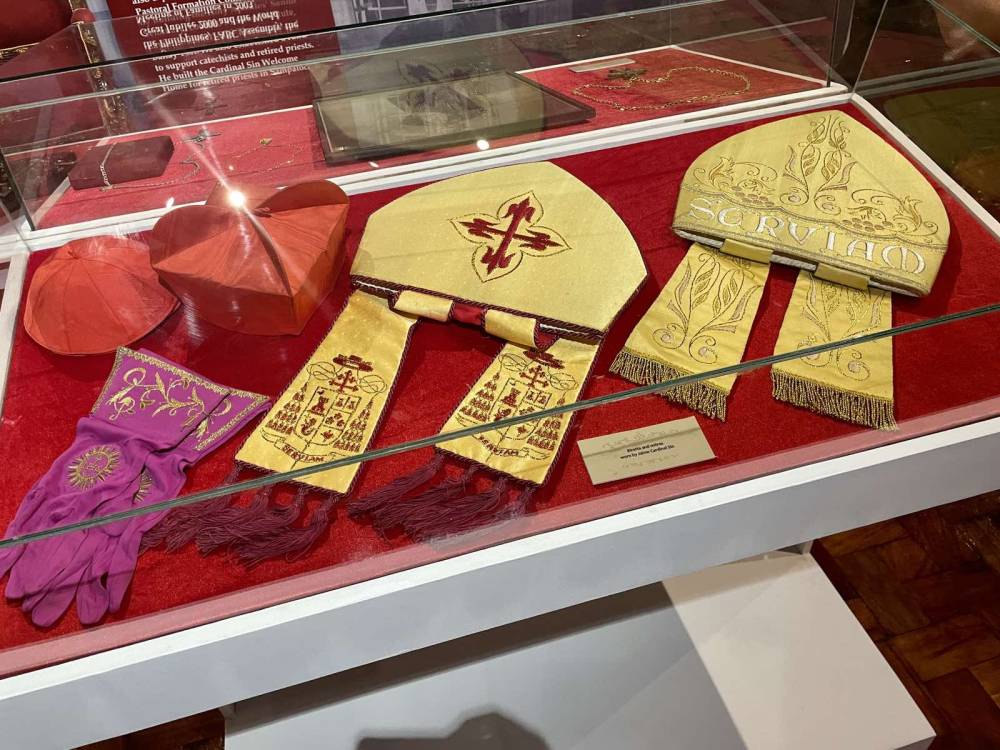
The family dining hall has been conserved. It was where the boy “Aime” used to breakfast on rice porridge or heavily larded fried rice, salty tahure and tausi, cucumber in vinegar, and pickled jellyfish (a Chinese delicacy); lunch on shrimp and labong (bamboo shoots); and snack on maruya (fried mashed bananas), biko (boiled sticky rice with sugared shredded coconut), and guinatan (camote, gabi, saging na saba or plantain, ube, langka, and sticky rice dumplings boiled in coconut milk).
Other galleries survey Sin’s rise from being a simple clergyman in Panay to becoming archbishop of Jaro, Iloilo, then on to Manila and a princedom in the Universal Church.
Museo Kardinal likewise exhibits important ecclesiastical memorabilia such as the bishop’s mitres and pectoral crosses used by Sin.
Religious icons, many of them in ivory or ancient wood, are also on exhibit.
Sinful puns
Like the Manila prelate who used to welcome visitors to the “House of Sin,” Museo Kardinal welcomes guests to its “Sin-ful” galleries: The family sala is now Gallery I featuring “Memories of the Sins.”
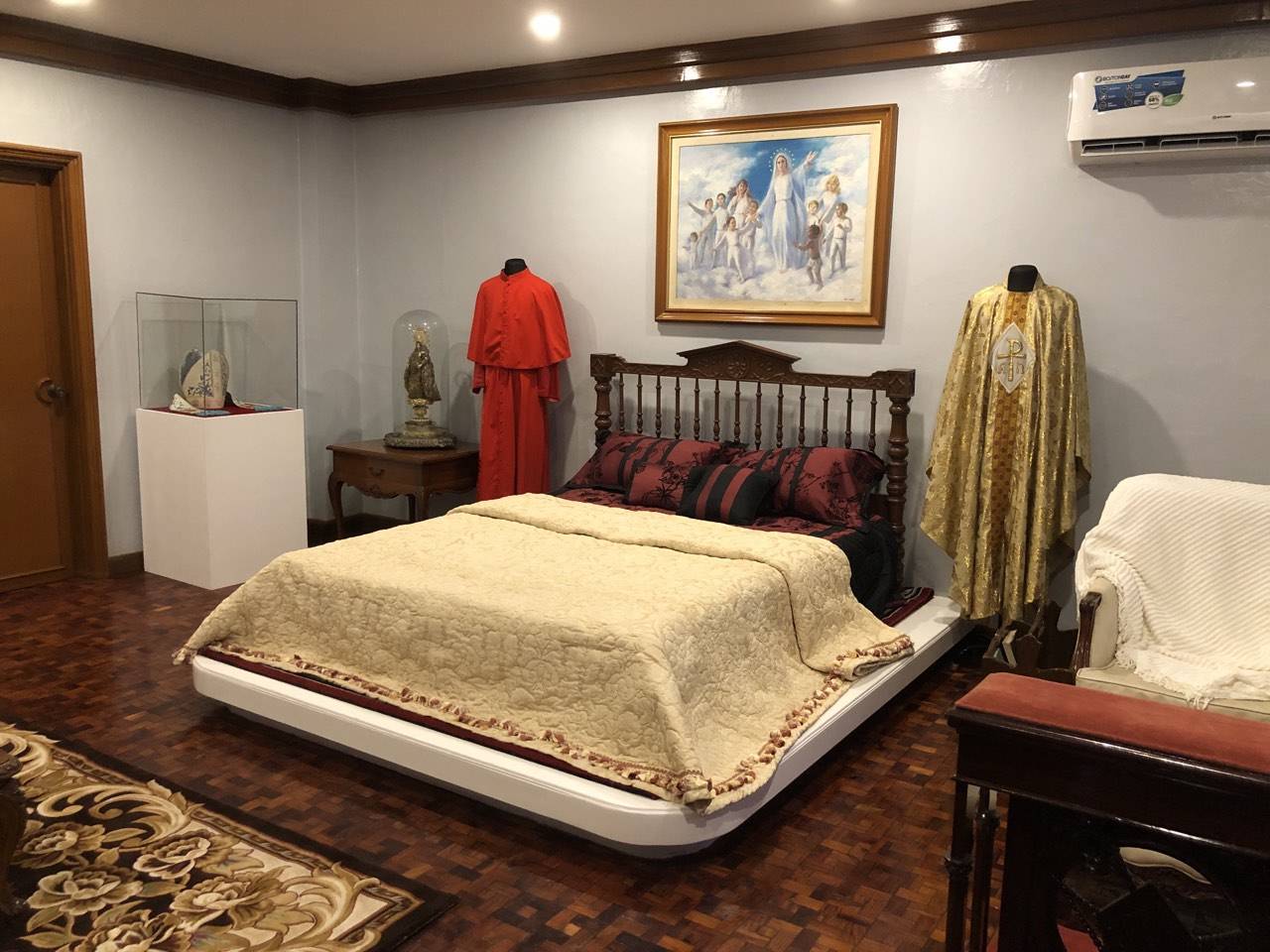
Gallery II, which records Sin’s surging ecclesiastical career, is named “The Rise of Sin.”
Gallery III, which features his office and other artifacts from his long stint as the influential cardinal-archbishop of Manila, is called “Behind the Sin.”
The dining hall is called “Taste of Sin.”
His old bedroom now contains the large bed in Manila where he rested and enjoyed blissful sleep despite the stress and worries of being Catholic primate of a very Catholic Philippines.
The bedroom has been teasingly christened “Closer to Sin.”
Also displayed is the death mask of Sin made by National Artist Napoleon Abueva. It is captioned “Mortal Sin.”
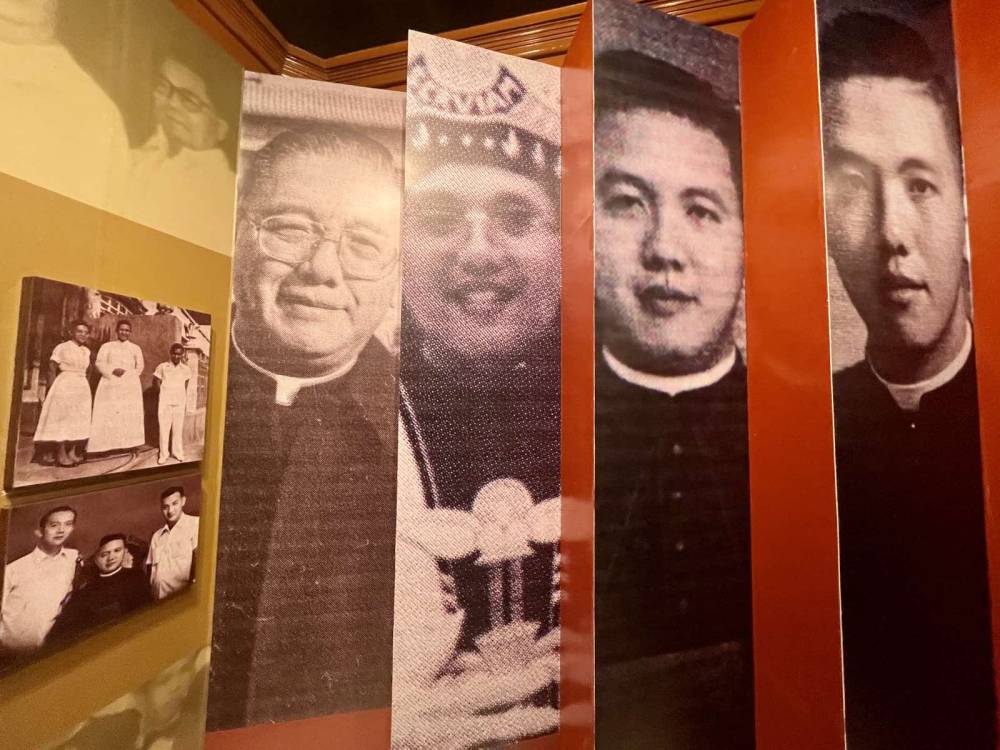
Cultural centerpiece
Located at the población or town center, Museo Kardinal, together with the nearby Shrine of Our Lady of the Rosary and the Cardinal Sin Monument, is set to become the ecclesiastical and even cultural centerpiece of New Washington.
The church was where Sin served in masses as an altar boy. A fervent devotee of La Naval, as Our Lady of the Rosary is called in New Washington, Sin had the church rebuilt when he became archbishop of Manila.
Already the biggest tourist draw of the once sleepy town is the Cardinal Sin Monument, erected to much fanfare during Sin’ birthday in 2007, a little more than two years after his death.
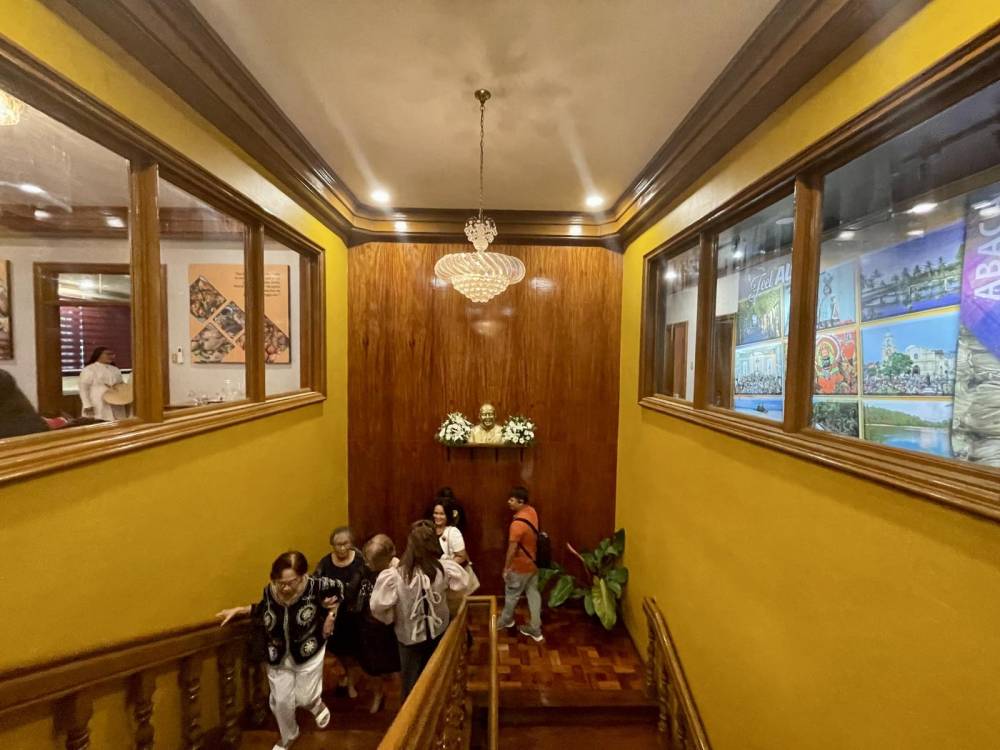
Donated by Ambassador Antonio Cabangon, the 22-foot monument designed by architect Ralph Tecson holds the 13.5-foot bronze statue of Sin built by Ronald and Jonell Castrillo, nephews of the late modernist sculpture Eduardo Castrillo. The 6-foot pedestal on which the statue stands is made of imported granite.
The troika of ecclesiastical structures will surely help boost cultural tourism in New Washington.
When Sin died from kidney complications at age 76 on June 21, 2005, his fellow townspeople requested that he be buried in New Washington. However, Church canon required his burial in the crypt of Manila Cathedral.
Antipolo Bishop Emeritus Gabriel V. Reyes, an Aklanon who served as Sin’s first secretary in Manila, recalled how the cardinal had been very close to his townmates.
“You can take away Cardinal Sin from New Washington, but you cannot take away New Washington from Cardinal Sin,” he said.
With Museo Kardinal, Aklanons have somehow gotten their wish: Cardinal Sin is now home.







